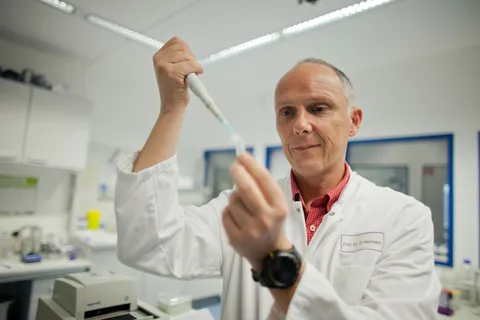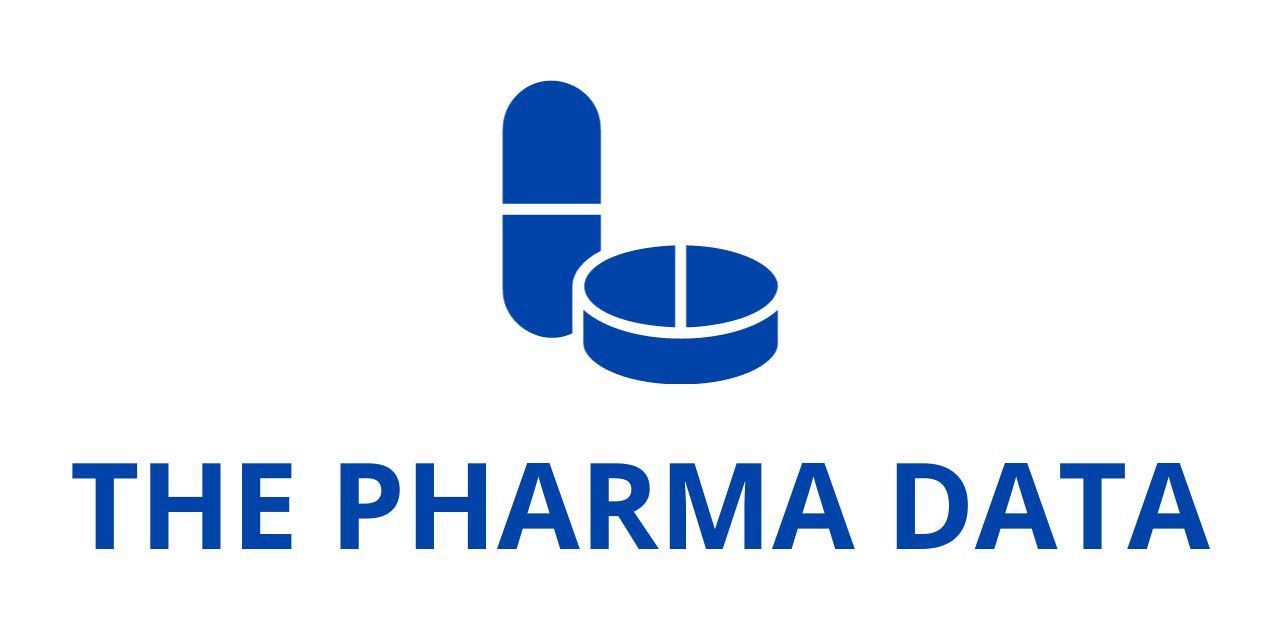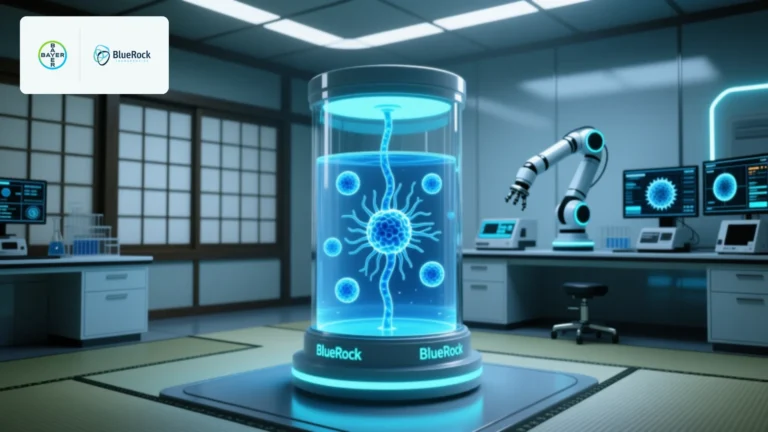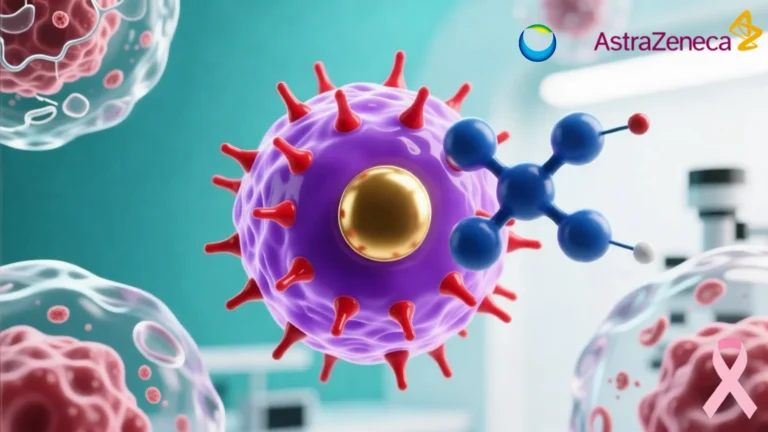
Bruker Enhances IR Biotyper® for Hospital Hygiene with NGS Reflex Testing
At the ESCMID Global 2025 conference, Bruker’s Microbiology and Infection Diagnostics division made a major announcement regarding the expansion of its microbiology solutions to include Next-Generation Sequencing (NGS) applications. This expansion introduces a suite of new, research-use-only NGS-based solutions, designed specifically for epidemiology and the tracing of hospital-acquired infections (HAIs). These innovations are set to enhance the ability of healthcare professionals to not only identify but also track and control infections at a molecular level, paving the way for more precise and effective infection control strategies.
Bruker, a leader in microbiology and infection diagnostics, has entered into a strategic partnership with Ridom GmbH, a renowned NGS bioinformatics company based in Muenster, Germany. This collaboration aims to integrate Ridom’s advanced bioinformatics software, SeqSphere+, into Bruker’s expansive microbiology portfolio. SeqSphere+ is an advanced tool designed to perform genomic bacterial strain differentiation, multilocus sequence typing (MLST), core genome MLST (cgMLST), phylogenetic analysis, and real-time detection of clonal and plasmid transmission. The software can handle data from multiple NGS instrument platforms, making it an invaluable asset in the realm of infectious disease testing.
The financial details of this strategic collaboration have not been disclosed, though Ridom is recognized as a profitable company, underscoring the potential value of this partnership for both organizations. The integration of Ridom’s bioinformatics software into Bruker’s diagnostic systems offers the opportunity to expand the capabilities of hospital hygiene and epidemiological analysis in the fight against infectious diseases.
Enhancing Hospital Hygiene and Epidemiological Analysis
The newly integrated genomic analysis capabilities are expected to provide immediate benefits for hospital hygiene practices and the investigation of outbreaks in healthcare settings. By combining rapid, first-line testing with the IR Biotyper — a cost-effective, fast system used for detecting and ruling out HAI outbreaks — healthcare providers will be able to quickly identify potential outbreaks. Once a potential infection is identified, reflex testing on selected samples can be conducted using NGS technology to carry out in-depth phylogenetic analysis, giving clinicians and infection control teams crucial insights into the molecular characteristics of the pathogens involved.
Similarly, the use of the MALDI Biotyper system, another innovation from Bruker, will allow for species identification in important samples. Once the species are identified, genomic sequencing can be performed to gain a deeper understanding of the infection, providing valuable data for epidemiological research and outbreak tracing. This approach, combining rapid identification with comprehensive genomic insights, allows healthcare professionals to not only respond quickly but also take a more strategic, data-driven approach to infection control.
The Synergy of Fast Identification and Genomic Insights

Professor Dag Harmsen, the founder and Managing Director of Ridom, expressed enthusiasm about the collaboration, noting the strong track record Bruker has in driving innovation within microbiology. He commented, “We are delighted to become an important part of Bruker’s Microbiology & Infection Diagnostics solutions. Bruker has a track record of bringing innovation to microbiology, and our new strategic collaboration ensures sustainable service for our NGS customers and creates new opportunities for our significant growth as part of Bruker’s global microbiology team.”
Professor John Rossen, a leading expert in personalized molecular microbiology at the University of Groningen and Isala Hospital Zwolle in the Netherlands, also voiced his excitement about the potential for synergy between Ridom’s SeqSphere+ software and Bruker’s MALDI Biotyper system. He noted that his laboratories had been using both technologies for years and emphasized the importance of combining fast microbial identification with in-depth genomic data. “I am excited about potential synergies between fast microbial identification and in-depth genomic information in order to provide, for example, further insights into the spreading of antibiotic resistances,” he said. This collaboration promises to accelerate the understanding of how infections spread, including the emergence and dissemination of antibiotic resistance, a critical issue in global healthcare.
A Unique Offering for Healthcare Acquired Infection Tracing
Bruker’s Dr. Wolfgang Pusch, President of the Microbiology & Infection Diagnostics Division, added that the new collaboration builds on Bruker’s long-standing commitment to innovation in the field of microbiology. He pointed out that Bruker’s MALDI Biotyper system has already revolutionized microbial identification by providing fast, near-universal identification from culture samples. Now, with the combination of the IR Biotyper for rapid, cost-effective, and strain-specific detection, alongside NGS reflex testing for genomic interpretation using SeqSphere+, Bruker has created a unique triage offering for epidemiology and healthcare-acquired infection (HAI) tracing.
This innovative approach combines the strengths of rapid microbial identification with the deep, molecular analysis capabilities of NGS, offering a comprehensive solution for tracking and controlling the spread of infections in healthcare settings. The ability to quickly rule out or confirm an outbreak and then use advanced genomic techniques to study its origins and transmission dynamics is expected to significantly improve infection control strategies. Moreover, this combination allows for a more efficient allocation of resources, ensuring that healthcare providers can respond rapidly while also gaining the insights needed to prevent future outbreaks.
The Future of Infection Control and Microbial Genomic Analysis
This collaboration between Bruker and Ridom represents a significant step forward in the field of microbiology and infection diagnostics. The integration of advanced genomic sequencing capabilities into Bruker’s portfolio offers the potential to revolutionize the way hospital-acquired infections are tracked, studied, and controlled. By leveraging the power of Next-Generation Sequencing, healthcare providers can gain unprecedented insights into the genetic makeup of infectious pathogens, providing critical information that can guide both clinical decision-making and public health responses.
Furthermore, the ability to combine this genomic data with rapid microbial identification systems such as the MALDI Biotyper and IR Biotyper will make it easier for hospitals and infection control teams to respond quickly to emerging threats. This is especially important in a world where infectious diseases are increasingly becoming resistant to treatment, and rapid response times are crucial in preventing widespread outbreaks.
The implications of this collaboration extend beyond healthcare settings, as the technology could also have a major impact on research into infectious diseases, antimicrobial resistance, and global epidemiological trends. As the world continues to grapple with the threat of infectious diseases, innovations like this one will play a critical role in safeguarding public health and ensuring a more efficient and effective response to outbreaks.
Bruker’s strategic collaboration with Ridom GmbH marks an exciting development in the field of microbiology and infection diagnostics. By combining Ridom’s SeqSphere+ bioinformatics software with Bruker’s existing microbiology solutions, the two companies have created a powerful toolset for the detection, tracing, and genomic analysis of hospital-acquired infections. This partnership is poised to enhance infection control efforts, provide deeper insights into the molecular behavior of pathogens, and contribute to the global effort to combat antimicrobial resistance. With this expansion, Bruker is not only advancing its own capabilities but is also helping to shape the future of microbiology and infectious disease diagnostics.




